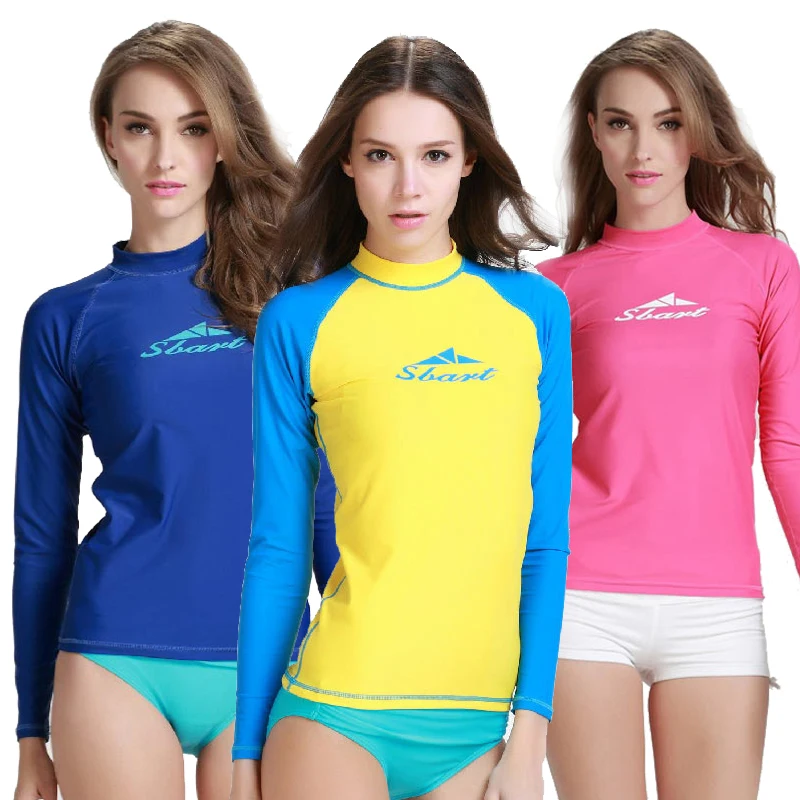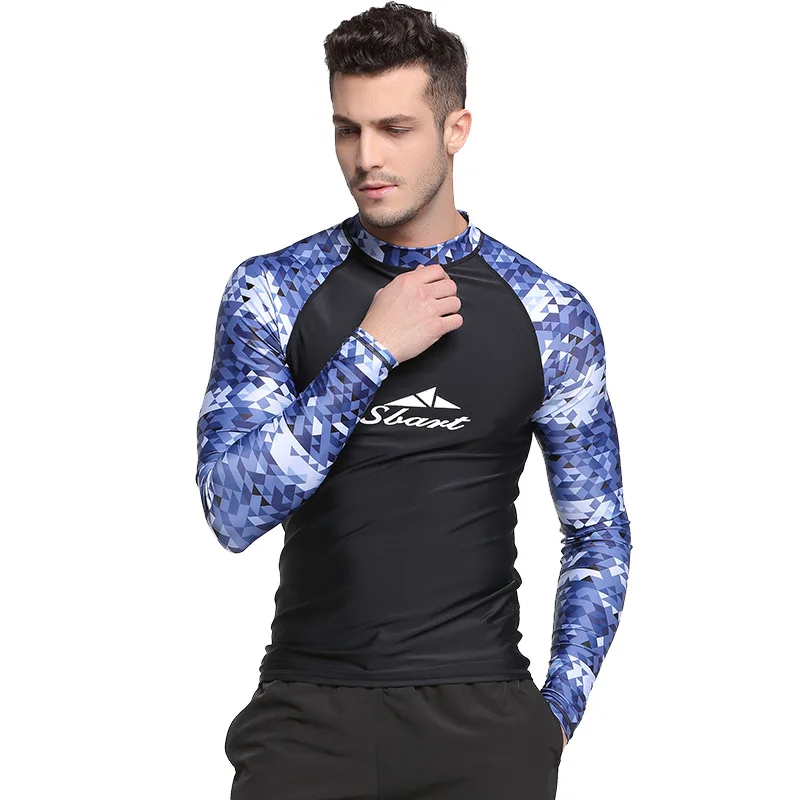_xh3UKFm4.jpg)
About
Shark Sporting Goods Co., Ltd is a leading manufacturer and supplier of high-quality water sports gear. Based in Dongguan, China, we specialize in providing innovative and durable products tailored for professional athletes and recreational enthusiasts alike. Our extensive product range includes wetsuits, swimwear, and various accessories designed to enhance performance and comfort in water activities.
At Shark, we are committed to quality, sustainability, and customer satisfaction. Our state-of-the-art production facilities and rigorous quality control processes ensure that every product meets the highest industry standards. We pride ourselves on our ability to offer customized solutions and OEM services to meet the unique needs of our partners.
With a strong emphasis on research and development, we continually strive to push the boundaries of design and technology in the water sports industry. Whether you're a retailer or an OEM partner, Shark Sporting Goods Co., Ltd is your trusted partner for quality water sports equipment.
PRODUCTS
The Future of UV Protection in Swimwear: What Retailers Need to Know
1. The Rise of UV Protective Swimwear
2. Core Innovations in UV Protection Technology
- High-Performance Fiber Technology
The effectiveness of UV protection hinges on fabric density, fiber types, and additives. Using specialized fibers like polyester and nylon, known for their high density, enables effective absorption or reflection of UV rays. Some companies also incorporate UV blocking agents like zinc oxide or titanium dioxide to enhance protection without compromising fabric comfort. - Eco-Friendly Options Without Chemical Coatings
Many consumers prefer sun-protective garments free from chemical coatings. To cater to this preference, manufacturers have developed natural sun-protective fibers using materials like bamboo and wood fibers, which possess inherent UV shielding properties. Such eco-friendly textiles suit brands emphasizing sustainability and environmental responsibility. - Smart UV Sensing Fabrics
Smart fabrics represent a newer technology aimed at enhancing user experience. For example, some innovative fabrics can sense UV levels and change color when UV intensity is high, reminding users to take sun protection precautions. This technology offers both practicality and innovative value, particularly appealing to brands targeting younger consumer demographics.
3. Market Demand and Future Prospects for UV Protective Swimwear
Potential Market Opportunities
- Children's Swimwear Market
Children's skin is particularly sensitive to UV radiation, creating a significant market demand for children's UV protective swimwear. Retailers can consider partnerships with schools, summer camps, and resorts to provide professional sun-protective swimwear solutions for children. - Sports and Outdoor Activities Market
For consumers participating in water sports like surfing and diving, the functionality of UV protective swimwear is paramount. Retailers can tap into the outdoor enthusiast market by offering high-performance UV protection products and collaborating with related sports brands. - Personalized Demands in the High-End Market
As consumers increasingly seek high-end customization, personalized UV protective swimwear has emerged as a new market hotspot. Retailers can enter the high-end market by providing swimwear with unique designs and effective UV protection, boosting profit margins.
4. Technological and Market Trends in UV Protective Swimwear
- Environmental Friendliness and Sustainability
With the growing popularity of eco-conscious principles, consumer demand for environmentally friendly UV protective swimwear is increasing. This presents new market opportunities for brands utilizing recycled or bio-based fibers. Some companies are also driving the development of eco-friendly swimwear by reducing chemical usage in dyeing and coating processes. - Integration of Customization and Smart Technology
The integration of smart technology with UV protection is a significant future trend. For instance, sun protection index fabrics tailored to individual skin types can provide more precise protection. Additionally, smart fabrics equipped with temperature and humidity sensing capabilities can automatically adjust UV protection levels based on weather conditions, making swimwear more intelligent and personalized. - Global Market Expansion
As the demand for UV protection products grows in emerging markets like Asia and Africa, swimwear brands can expect broader coverage in the global market. B2B retailers can expand market share by partnering with local distributors to promote products in these regions.
5. Practical Recommendations for Retailers
- Product Education
Many consumers are more familiar with SPF than UPF. Retailers can educate consumers about the importance of UV protection through informative content and guide them in selecting suitable products. Sharing UV protection knowledge through online blogs, social media, or offline campaigns can enhance product value and customer trust. - Enhance Brand Differentiation
In a highly competitive market, establishing a unique brand identity is crucial. Retailers can align with brand values, such as environmental friendliness and health, to introduce products featuring distinctive designs and protective functions, setting themselves apart from the competition. - Develop Multifunctional Products
The diverse needs of consumers favor multifunctional swimwear. Retailers can introduce products offering not only UV protection but also quick-drying and chlorine-resistant properties to enhance product appeal and meet multi-scenario usage demands. - Establish Long-Term Partnerships
Cultivating close partnerships with manufacturers or suppliers ensures the quality and technological optimization of UV protective swimwear. This not only saves retailers costs but also grants them an innovative edge, allowing them to seize market opportunities.
Conclusion
SUBSCRIBE
INQUIRY










